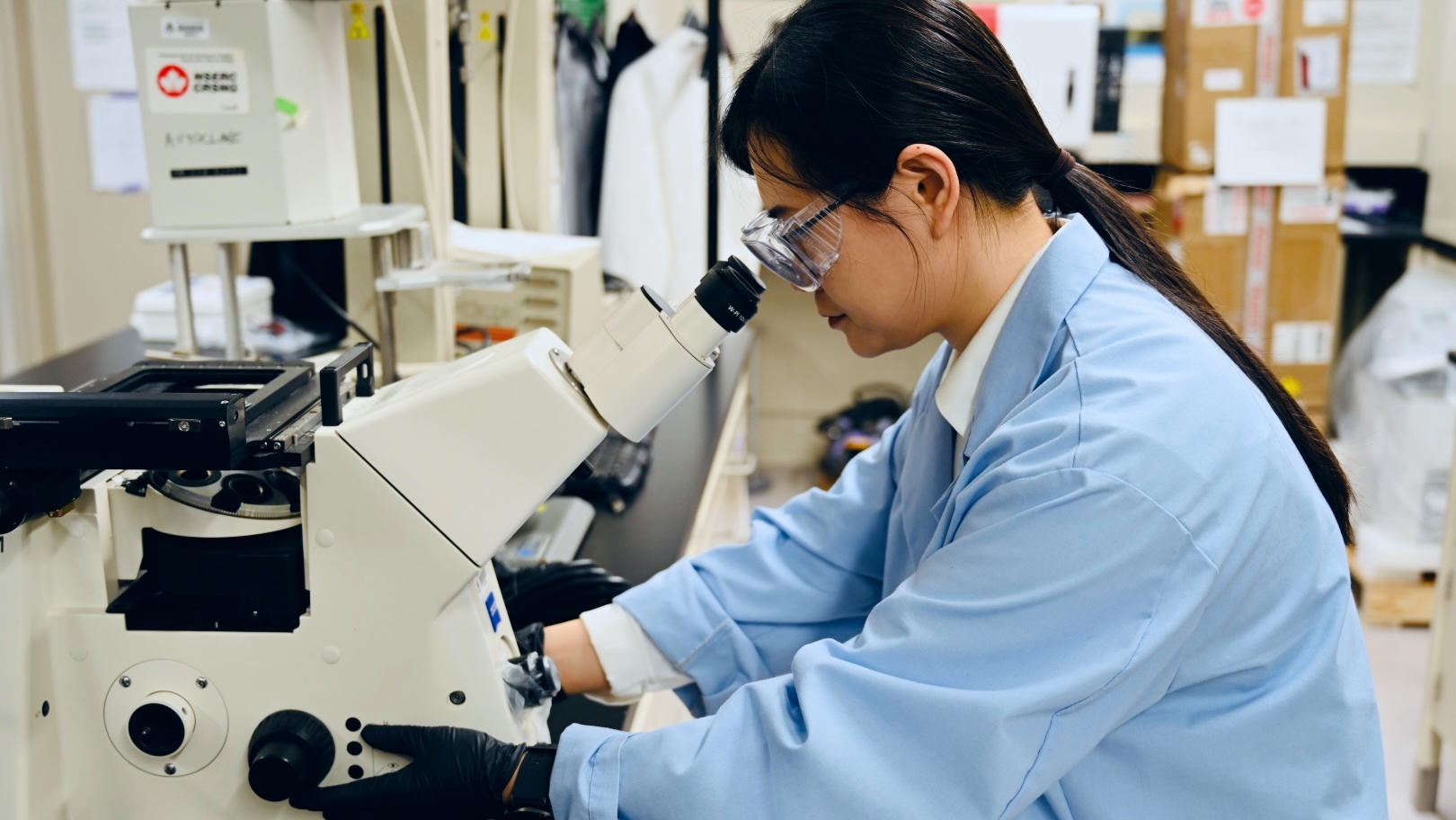An engineering research team at the University of Alberta has identified a new material for coatings that offers promise for high-temperature applications like hydrogen combustion engines.
The coating is made from a new super alloy composed of metals such as aluminum and nickel. Known as a complex concentrated alloy, the new material is ideal for coating surfaces that must withstand high temperatures, such as in gas turbines, power stations, vehicle and airplane engines. The newly developed alloy — AlCrTiVNi5 — has superior thermomechanical properties that include high stability, low expansion, fracture tolerance, and a valuable combination of strength and ductility — which make it able to stand up in high-heat and high-pressure environments.
When compared with existing commercially available alloys used as coatings in high-temperature applications, the new coating material stands up better than anything else, according to project supervisor Jing Liu, assistant professor in the Department of Chemical and Materials Engineering. It could prove important for use in hydrogen engines.
Hydrogen is considered one of the cleanest sources of energy, as it produces only water when it is burned or used in a fuel cell. It plays an important role in Canada and Alberta’s emissions reduction goals, for a range of uses including transportation, home heating and heavy industry.
But one of the challenges of hydrogen adoption is the high temperature at which it burns, ranging from 600 to 1500 degrees Celsius. These extreme temperatures mean that any mechanical components involved in hydrogen combustion must be able to withstand high heat as well as resist corrosion from steam.
“If you would like to use a 100 per cent hydrogen fuel combustion engine, the flame temperature is extremely high,” Liu says. “Until now, none of the existing metallic coatings have been able to work in a 100 per cent hydrogen combustion engine.”
Currently, most hydrogen combustion engines in commercial applications run on a mix of fuels — natural gas and hydrogen, or diesel and hydrogen, for instance — but as more industries work to adopt hydrogen as a primary fuel source, Liu sees a need to prepare for the ultra-high temperature conditions of a fully hydrogen-fuelled engine.
“As we move toward a 100 per cent hydrogen combustion engine, we want to know which alloys can withstand the conditions. None of the existing ones did, but we learn valuable insights from these failures,” she says.
The research team identified the strengths and weaknesses of each existing commercially available alloy, then used theoretical simulations to identify potential new combinations that might have the strength and durability they were looking for. Working with colleagues like Hao Zhang in the Faculty of Engineering, the team used computer modelling to understand the properties of each potential new alloy.

“We understand how things react when they heat up,” explains Zhang. “So we use these simulations and calculations to understand how the interface between the matter and the environment changes if we change the composition.”
After identifying AlCrTiVNi5, the team put the new alloy through the same high-temperature tests used on existing commercially available alloys. All of the existing alloys failed after 24 hours or less in the hot, corrosive environment, but the new complex concentrated alloy stood up to the challenge.
“We did our experiment on these corrosive environments for up to 100 hours at 900 degrees Celsius and it survived, so that’s a big improvement,” says Zhang.
Although the new alloy offers promise to withstand the heat of a high-percentage hydrogen combustion engine, Liu notes that further studies are necessary before it can be widely adopted. Nonetheless, she remains optimistic about its potential.
“This alloy outperforms anything else on the market right now,” said Liu. “It opens the door for new possibilities and will hopefully advance the Canadian hydrogen economy.”
The study, “A novel entropy-stabilized oxide coating thermally grown from a valve metal-based complex concentrated alloy,” was published in Materials Today.
